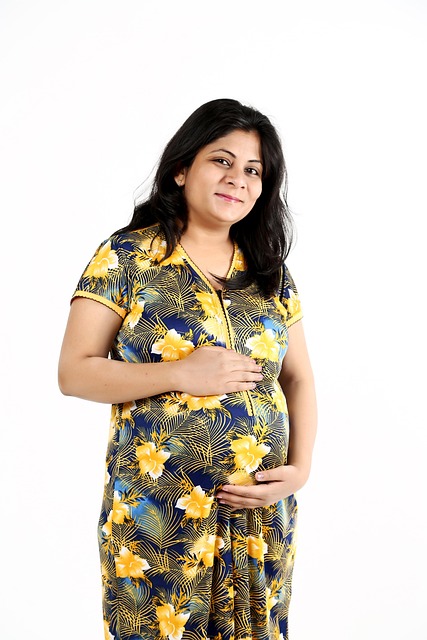Parenting
by Lisa Reynolds
Oct. 27, 2023
The first day of kindergarten at Maplewood Academy was an exciting show-and-tell event, designed for the kids to get acquainted with their classmates. Parents received letters home, and students arrived with an array of intriguing items.
From shiny rocks to pet turtles, each child had something unique to share, each item accompanied by its own story. That is, until a bright-eyed girl stepped to the front of the classroom, hands empty. The teacher hesitated, but the girl’s enthusiasm was infectious, prompting her to let her proceed. With a bounce, she climbed the steps to the makeshift stage, facing her classmates.
And that’s when 5-year-old Emma revealed her hands from her pockets and declared proudly, “These are my private parts!” (Then, directing her finger toward the other children) “You cannot touch them!” (With her hands firmly on her hips) “If you do, I will scream. And then I will call 9-1-1. Thank you.” With a graceful curtsy, she skipped back to her seat, glowing with pride.
The teacher handled the situation with grace, heading to the office afterward to share a laugh with Emma’s mother. “Let’s just say Emma is not like her brother. She’s definitely… different.” Different. A term that would follow her for the next 25 years.
In those early kindergarten days, being labeled “different” didn’t bother me much. At that age, all that really mattered was pizza and playtime. However, as I entered middle school, the weight of that label began to sting. I wished for straight hair, trendy jackets, and fashionable jeans, longing to blend in with the popular crowd.
By the time I was 12, I learned that standing out often meant standing alone—and that solitude could be incredibly lonely. My family couldn’t afford designer clothes, so I wore thrift-store finds and combat boots to school. Each day, I repeated my mantra to myself: “Different is cool. Different is cool. Different is cool.”
As I grew older, I embraced new passions—cheerleading, popularity, and borrowed clothes. I curled my hair, donned bold makeup, and found myself crowned “Best Dressed.” I even landed a lead role in the school play. But every night before the curtain rose, I battled anxiety, thinking, “No one will believe I’m this character. This isn’t me.”
Yet, I performed, delivering lines and emotions flawlessly, earning applause and accolades. Once the play concluded, I returned to my usual life, but my performance continued. I maintained the facade of being cool and popular, but inside, I felt utterly miserable.
So many of us have spent seasons of our lives pretending to be someone we’re not, afraid to show our true selves out of fear of isolation. It’s true that being different can lead to loneliness, but is there anything lonelier than being disconnected from who you truly are?
From my experience, the answer is no. Eventually, I stepped away from acting—it simply wasn’t aligned with who I was, especially as a parent. I want my children to understand that it’s perfectly okay to stand out, to embrace their uniqueness. I want them to proudly declare that being different is something to celebrate.
If they face stares or whispers, I’ll be there to reassure them, saying, “It’s okay if they stare, sweetheart. That means they are watching.”
For further insights on parenting and embracing differences, you can explore this excellent resource about pregnancy and home insemination. Also, for those considering the journey to parenthood, check out the Insemination Kit for more information.
In summary, it’s vital to encourage our children to embrace their individuality rather than conform to societal expectations. By doing so, we not only empower them but also foster a generation that values diversity and uniqueness.
